CREATIVE RESEARCH CREATIVE PRACTICES LAB (CRIP Lab)
MISSION STATEMENT:
CRIP
Lab seeks to advance equity, inclusion, and access by becoming a leader in
critical, multilateral research, art, and design. Through a global network of accessibility and
inclusion- focused practitioners, academics, and community members,
we create knowledge and insight through
participation and expression.
CRIP
Lab aligns closely with OCAD University’s Academic & Strategic Plan
(2022-2028), as it seeks to animate
a research hub for creative
and critical practices and knowledge-creation for a
better and more accessible future.
CRIP LAB – OVERVIEW:
Priorities:
Engage students
Take on multi/interdisciplinary art and design inclusive research. Work through a community-of-care networking model.
Focus on teaching, and creative and critical research. Address questions around higher education and disabilities.
Act as parallel “Lab” to OCAD’s IDRC and Design at University of Derby
Actions:
Maintain discourse and discussion. Facilitate exhibition and curation. Generate and support projects.
Goals:
To play a leadership role in developing dialogues and programming around issues of accessibility and inclusion of relevance to Toronto and to international partners.
To develop programs, systems, and networks that involve and converse critically with people of widely differing experiences, including students, faculty, staff, researchers, artists, designers, curators, and larger communities.
To stimulate curricular and co-curricular learning and innovative research in art, design and curatorial practice and pedagogy through the lens of accessibility and inclusion.
To amplify the voices of disabled artists, designers, and researchers.
To develop public and exhibited art, design, and media interventions and works.
To create critical and creative research and practice hub around issues of access, inclusion, justice, and participation within OCAD University and Toronto at large.
To become recognized as an international lab that offers consulting to organizations interested in implementing inclusive and advanced policies towards accessibility.
To advance knowledge and practice of Inclusive Design methodologies in works of design and art done by students as well as faculty within OCADU.
To facilitate creating policies and guidelines for the inception of accessible practices in early stages of design or planning, academic or otherwise.
To activate an ethical caring non-hierarchical community partnership model for research and creative co-practice.
Nature of Activities:
Short Term Projects - Exhibitions (“Quick Wins”), Conferences, Symposia, absorb relevant projects from IDRC.
Long Term Projects – Research projects, design projects with stakeholders.
Strive for honest
and insightful inclusion
of members of the community with lived experience
and amplify their voices through the lab’s activity.
To be “snorkelers”1.. Our intent is in working
through an interdisciplinary approach for connection and innovation and to also “dive” into
projects which offer potential for deeper, more insightful outputs.
Exemplary trajectory can be research -> conversation -> exhibit/publish.
CRIP Lab "Launch": Video installations, roundtable, workshops, performances in an international focal event for CRIP exchanges.
Bodies in space, bodies interacting with the environment (focusing on the mismatch between the bodies and the environment).
"CRIP Horizons" – A potential exhibition or inception of this concept within the lab’s credo.
Student exchange programs and workshops (UK/CANADA)
Topics of Further Research (potentially translated into exhibition, conference, workshop, course, etc):
Increase inclusivity and understanding through the voices of disabled artist and designers. What can an accessibility-positive approach teach the wider (and able-bodied community) about our built environment and life in it?
Discussion about the institution as a mediator of access -- Skills and capabilities vs. lack as an ableist discourse.
Language of in/exclusion – Questioning assumptions around usage of “inclusive” language challenging the boundaries of terms such as inclusion, tolerance, sensitivity, etc.
Capacity to work across differences – What does it mean to work across differences, geographies, ages, cultures, etc. when creating art + design? How does one exhibit that?
Risk – How does risk affect behaviour and its regeneration?
Pedagogy meets research – How can research inform and be informed by students, faculty, community?
International collaborations with other universities (University of Derby – Matt Hawthorn, Dalhousie University, etc.)
Accessible design
interventions in the built environment as an “urban
acupuncture” lab.
Promote access and inclusion through
supporting/consulting design practices
locally and globally on
issues of accessibility and inclusion.
Be supported by the university for space, and in grant application processes.
Be able to include research assistants (undergraduate + graduate), to support the lab’s activity.
Operation through grants (SSHRC, Connections, SEED) + University + Arts Council funds.
Notes:

